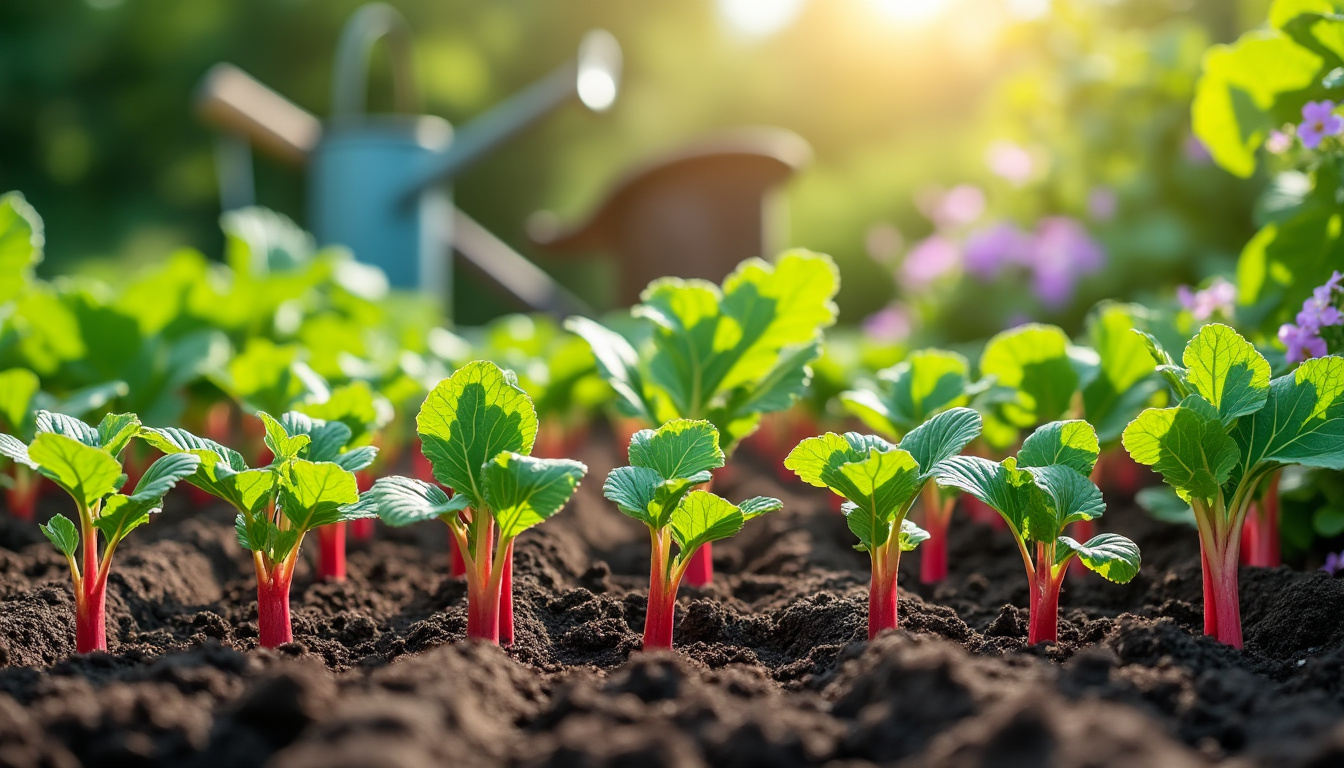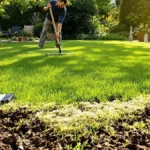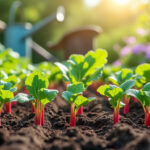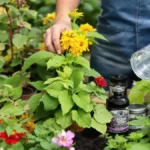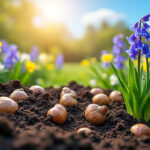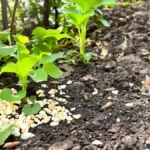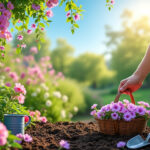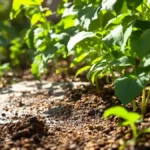Rhubarb stands as a cherished perennial in the gardens of many enthusiasts, heralding the arrival of spring with its vibrant stalks. Understanding the optimal timing and conditions for planting rhubarb is crucial for ensuring a plentiful harvest. This guide delves into the best practices for cultivating this resilient vegetable, touching on essential factors like soil preparation, site selection, and ongoing care. From historical insights to practical tips, the journey of growing rhubarb is rewarding for both new and seasoned gardeners.
Best times to plant rhubarb for optimal growth
Timing plays a pivotal role in growing rhubarb. The plant flourishes in cooler climates and exhibits a preference for specific planting seasons. The most favorable periods to plant rhubarb are late autumn or early spring when soil temperatures are at least 50°F (10°C). These times allow the rhubarb to establish a robust root system, which is vital for future growth.
Understanding seasonal planting
Early spring planting allows rhubarb to emerge from dormancy and establish before the growing season kicks in. Conversely, late autumn planting lets the crowns focus on rooting before winter. Each method has its perks, but successful outcomes hinge on soil conditions and the choice of planting cultivars.
| Planting Season | Ideal Conditions | Notes |
|---|---|---|
| Late Autumn | Soil above 50°F (10°C) | Roots strengthen during dormancy |
| Early Spring | Soil workable, thawed | Establishment before active growth |
Choosing the right location for planting
Selecting the appropriate location for rhubarb is essential for its success. The plant thrives in areas of full sun, ideally receiving at least six hours of direct sunlight daily. Furthermore, well-drained and fertile soil enriched with organic matter is crucial.
Soil preparation tips
Before planting, soil quality can be improved by adding compost or aged manure. This practice increases fertility and improves drainage, setting the stage for a healthy yield.
Spacing considerations
When planting rhubarb, it’s essential to space the crowns adequately. Each crown should be planted 3-4 feet apart to ensure that there is ample room for growth. Rows should also maintain a distance of around 3-4 feet for easier maintenance.
| Spacing | Recommendation | Importance |
|---|---|---|
| Crown Spacing | 3-4 feet apart | Allows for adequate growth |
| Row Distance | 3-4 feet | Facilitates maintenance |
When to prune camellias for optimal growth and blooming?
Essential care and maintenance practices
Ongoing care for rhubarb involves consistent watering, feeding, and pest control. Watering should maintain a balance—ensuring the soil is moist, but avoiding waterlogged conditions. Over-watering can result in root rot, while inadequate moisture can hinder growth.
Feeding rhubarb plants
For optimal growth, a layer of compost or a balanced fertilizer should be applied each spring. This nutrient boost supports vigorous growth and enhances the quality of the stalks during the growing season.
Harvesting rhubarb: When and how
Harvesting rhubarb requires patience. It is advisable to wait until the third growing season before commencing harvesting. Stalks should be at least 10 inches long before picking. To harvest, gently twist and pull the stalk or use a sharp knife to cut at the base.
Proper harvesting techniques
During the harvest period, it is crucial to leave at least two-thirds of the stalks on the plant. This practice ensures the continued health and productivity of the rhubarb plant.
| Harvesting Guidelines | Timeframe | Notes |
|---|---|---|
| Initial Harvest | After third growing season | Stalks should be at least 10 inches long |
| Harvest Duration | Typically lasts 8-10 weeks | Ends by mid-summer |
Common problems and solutions
Despite its hardiness, rhubarb can face challenges. Crown rot, caused by overly wet soil, is one of the main issues. To combat this, ensure proper drainage and avoid waterlogging. Similarly, leaf spots, which appear as unsightly blemishes on leaves, can be minimized by improving air circulation and avoiding overhead watering.
Pest control measures
Regular monitoring for pests such as the rhubarb curculio is vital. Handpicking these pests and using organic solutions can help protect the plants effectively. Taking preventive measures will ensure healthy growth throughout the seasons.
| Problem | Cause | Solution |
|---|---|---|
| Crown Rot | Poor drainage, overwatering | Ensure well-drained soil |
| Leaf Spot | Fungal diseases | Improve air circulation |
| Rhubarb Curculio | Pests damaging stalks | Handpick and apply organic control |
FAQs about planting and caring for rhubarb
Q: When is the best time to plant rhubarb?
A: The ideal times are late fall or early spring when soil temperatures are above 50°F (10°C).
Q: How long does it take for rhubarb to produce harvestable stalks?
A: Rhubarb typically begins to produce stalks in the third growing season after planting.
Q: What type of soil is best for rhubarb?
A: Rhubarb thrives in well-drained, fertile soil enriched with organic matter.
Q: Should I use seeds or crowns for planting rhubarb?
A: Using crowns is recommended as they establish faster than seeds.
Q: How can I prevent pests in my rhubarb patch?
A: Regular monitoring and handpicking pests, along with maintaining good plant health, will help manage pest populations effectively.
By integrating these strategies and knowledge about rhubarb, both novice and experienced gardeners can reap the benefits of this delicious and resilient perennial in their gardens.

